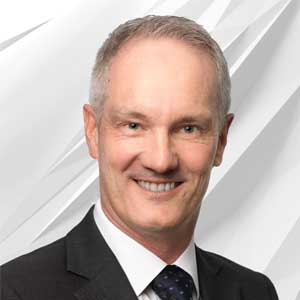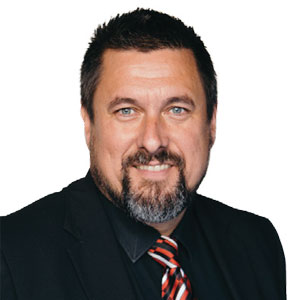THANK YOU FOR SUBSCRIBING
Editor's Pick (1 - 4 of 8)

Bernard Norton, Head of Power Grids, ABB Australia
The emergence of HVDC technology heralds a sea of change in the way electricity is transmitted over long distances, offering numerous benefits over the more prevalent alternating current (AC) transmission systems
HVDC transmission enables large-scale integration of renewable power resources in interconnected, reliable and flexible smart grids to serve upcoming Smart Cities.
Here in Australia, upgrades of historic Murraylink and the Directlink transmission connections is securing future power reliability and energy exchange. The Directlink transmission system was commissioned in 2000 and marked the first interconnection of the regional electricity markets of the Australian states of New South Wales and Queensland.
Two years later, the 180-kilometer Murraylink transmission system became the world’s longest underground HVDC power transmission system when it was put into service, connecting the states of South Australia and Victoria.
Underground cables were chosen for Murraylink instead of overhead transmission lines to minimize visual and environmental impact. The cables were drilled under the iconic Murray River, road, and rail crossings, and several significant Indigenous Australian heritage sites.
Central to the both upgrades were based on HVDC technology, pioneered by ABB more than 60 years ago. By monitoring, controlling and protecting the sophisticated technology in the converter stations, the system ensures reliability and efficiency, while extending equipment life spans.
Microgrid: A Key Element in a Smart Future
Microgrids are gaining popularity and it’s easy to see why. Between extreme weather-induced power outages seen recently across the globe and the rise of distributed energy resources (DERs), nations are planning a dramatic transformation in the way we produce and consume energy.
Many experts are mentioning Microgrids as key to this transformation. Microgrids are small-scale, self-sustaining power networks that typically operate synchronously with the traditional centralized grid but can disconnect and sustain operations autonomously when needed.
With today’s high proliferation of small-scale energy resources, such as domestic solar arrays and batteries, microgrids empower end users to control their energy mix, as well as freedom from the bureaucratic maze of a power utility.
In Australia, increased penetration of intermittent renewables within the power grid is adding complexity for grid operators. In South Australia, wind farms generate the bulk of the electricity with increased deployment of solar panels, both large scale and roof-top installations.
In an area with high renewable integration, the Energy Storage for Commercial Renewable Integration (ESCRI) project in South Australia has strengthened the power grid and improved power reliability by connecting large-scale battery banks to transmission system.
The project not only enables value stacking of storage in a regulated energy market, but also provides faster response to help balance the network daily and support the increased power transfer with the interconnectors to Victoria.
In an event of a transmission line outage, the islanded microgrid can utilize the existing wind farm and distributed rooftop solar arrays, to provide uninterrupted power supply to nearly 400 homes for at least 24 hours.
Modern technologies and new energy solutions have created new expectations for grids serving tomorrow’s smart cities. As they grow in number, microgrids and HVDC, working in tune with sophisticated digital automation and smart management, hold immense potential to seamlessly serve us with reliable and clean energy.
Weekly Brief
I agree We use cookies on this website to enhance your user experience. By clicking any link on this page you are giving your consent for us to set cookies. More info
Read Also














